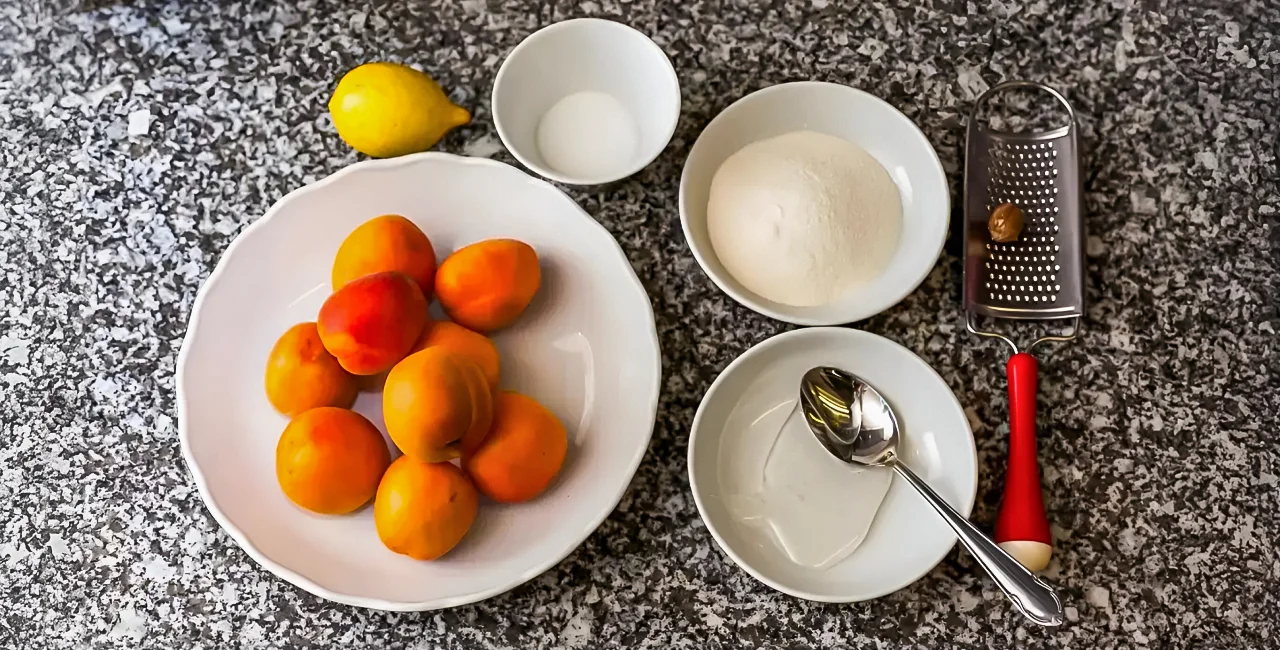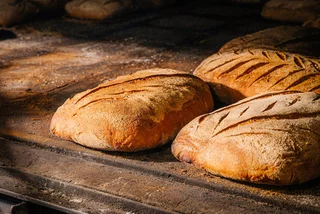Apricot marmalade evokes a sense of nostalgia, reminiscent of cherished moments spent at a grandmother’s cottage. Its vibrant, tangy flavor offers a delightful blend of sweetness and acidity that liven up pancakes, toast, or thick slices of bread.
The chefs at Prague's Café Savoy have shared their secret marmalade recipe (meruňková marmeláda). To enjoy this classic preserve year-round, consider freezing apricots while fresh, halved, and pitted, leaving the skin intact. Start with a cold pan when preparing your marmalade from frozen apricots, and heat the fruit slowly and gradually. This method allows the apricots to release their juices more effectively than fresh ones, ensuring a perfectly balanced marmalade.
You can also make this recipe with plums (in season in Czechia during early autumn). When substituting plums for apricots in your marmalade recipe, you must adjust the quantities to account for the difference in fruit characteristics.
Plums generally have a higher water content and varying sweetness and tartness levels than apricots. For this recipe, which calls for 500 grams of apricots, use approximately 640 grams of plums as a substitute.
Apricot marmalade from Café Savoy
ingredients
- Half a kilo of apricots
- Pinch of salt
- Juice of half a lemon
- Nutmeg
- 100 g of gelling sugar for preserving (2:1 for thickening)
- 50 g glucose syrup, sugar, or grape sugar, to taste
Steps
- 1.Cut the apricots in half and remove the stones. Don't peel them, as they contain most of the vitamins just beneath the skin. (Make sure unpeeled apricots are finely chopped to avoid large pieces of skin in the jam; a step not required for peeled apricots). Plums don't require peeling either; the skins add a nice color.
- 2.Gently simmer the fruit for approximately five minutes, adjusting the time based on the amount of water released.
- 3.Salt the reduced apricots and squeeze half a lemon over the fruit. Leave to reduce for five to ten minutes, as the salt will draw more water out of the fruit. Regular stir to make sure the apricots don't burn.
- 4.Now it's time to add the gelling sugar, glucose or grape sugar and a little grated nutmeg. Stir and simmer over low heat until the mixture becomes soft, which should take about eight minutes. After that, grab a potato masher and mash the apricots.
chef's tip
What's the difference between jam and marmalade? Consistency and citrus. Jam and marmalade both involve cooking fruit with sugar but differ in texture and ingredients. Jam is a thick, spoonable spread made from whole or chopped fruit and is often lumpy. Marmalade, made typically includes fruit rind and has a gel-like consistency.
In the Czech Kitchen is a weekly column written in cooperation with Ambiente’s culinary experts. Established in 1995, the Prague-based collective of pubs, restaurants, and fine-dining outlets has transformed the Czech culinary landscape and contributed to the widespread awareness of quality food service and production in Czechia. Follow their socials or book your table at www.ambi.cz.












 Reading time: 2 minutes
Reading time: 2 minutes 





















